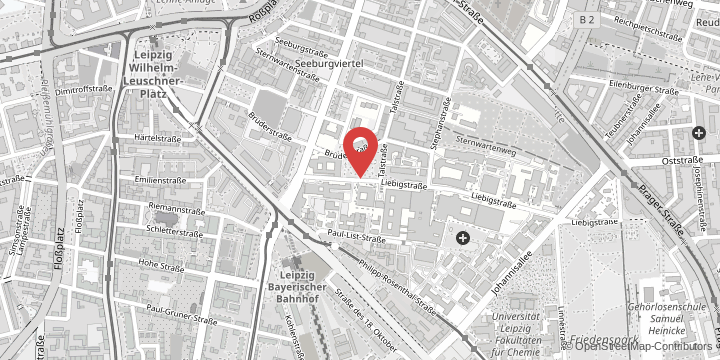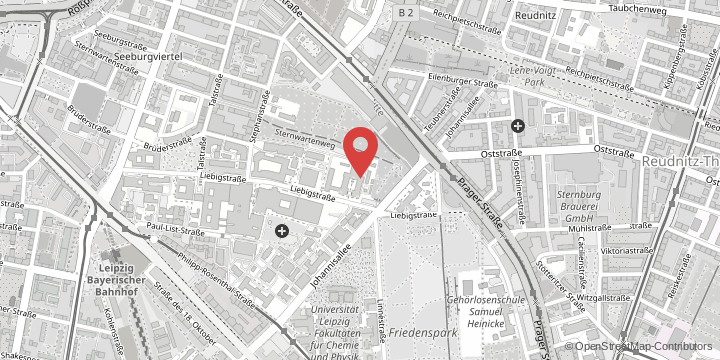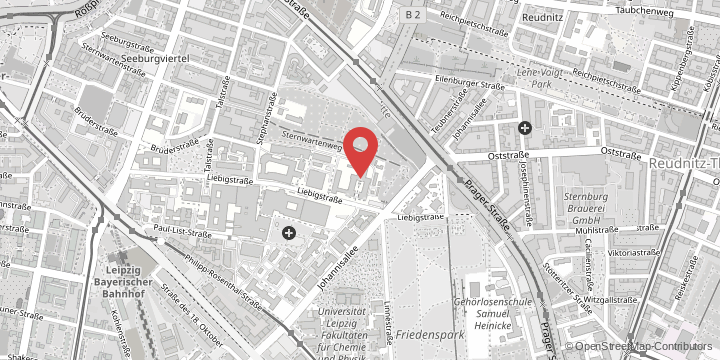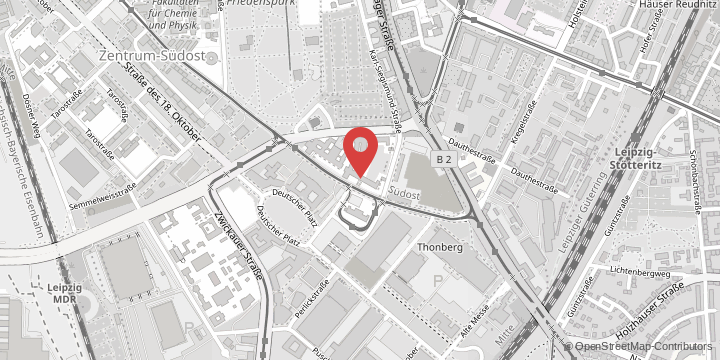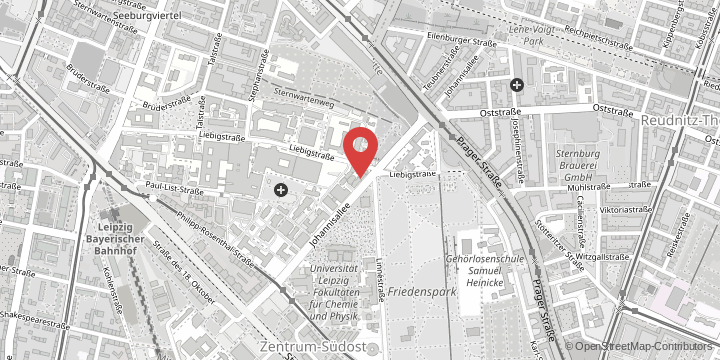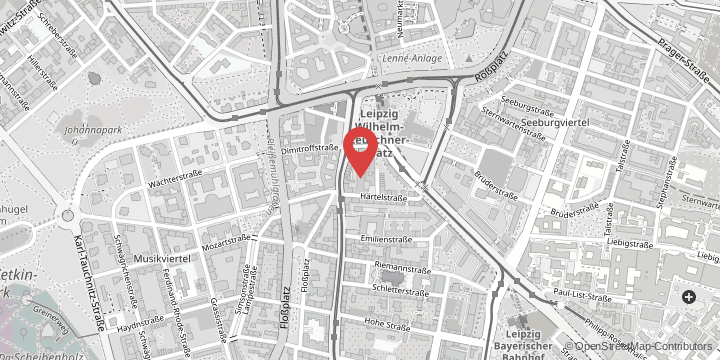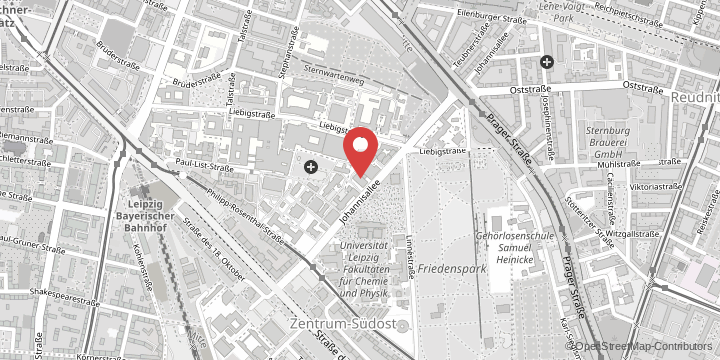Summer time is the season when gardens and balconies are in full bloom. But what would strawberries, tomatoes and others be without bees, bumblebees and many more insects to pollinate them? This is the topic of a new exhibition at Leipzig University’s Botanical Garden, open to the public from 18 July to 4 October 2020.
The exhibition was planned and organised by researchers from the German Centre for Integrative Biodiversity Research (iDiv), the Helmholtz Centre for Environmental Research (UFZ) and the Martin Luther University Halle-Wittenberg (MLU). “We wanted the start of this exhibition to be in Leipzig, because this is where we live and do most of our research. We felt that this was a good way to give something back to the city,” explained Professor Tiffany Knight, head of the Spatial Interaction Ecology group at iDiv, MLU and UFZ. “We are planning to show the exhibition in other places where we are doing our research as well: Romania and Finland, for example. This would be a great way to inform people there about what we are doing.”
The exhibition not only introduces common pollinating insects such as bees and bumblebees, but also other, less well-known pollinators. The hummingbird is probably the most prominent example of pollinating bird species. The focus of the exhibition is on the complex relationship of insects and plants that live in our gardens: how do these relationships evolve and what is their role in ecology? What are the effects of climate change and land use on the complex networks of pollinators and plants? “Every species – pollinator or plant – is like a thread and the relationship of those species is like a knot. Together, the threads and knots form a wonderful and stable carpet,” said Dr Demetra Rakosy, researcher at iDiv and UFZ and one of the main organisers of the exhibition. “Climate change and land-use change are like moths that feed on the carpet.”
Examples of local initiatives and practical tips for how we can help protect our native flora and fauna round off the exhibition. Of course, these and many more aspects are not only displayed on posters. Photos, videos and art go hand in hand to show all the different facets of plants and pollinators.
The exhibition is hosted by the Botanical Garden of Leipzig University. “Our strategy for the future emphasises the transfer of knowledge to the public. We don’t consider the Botanical Garden a large research tool, but also a place of exchange, a kind of living museum,” said Prof Dr Christian Wirth, director of the Botanical Garden. The Rector of Leipzig University, Professor Beate Schücking, was also pleased with the successful collaboration. “Your case, Professor Knight, is a very nice example: the international character and collaboration in the consortium – across the borders of the different states – are the strength of iDiv.”







